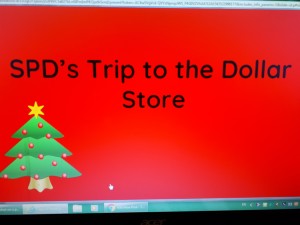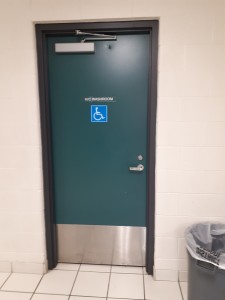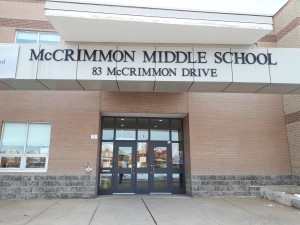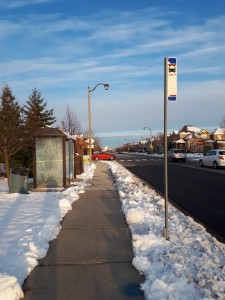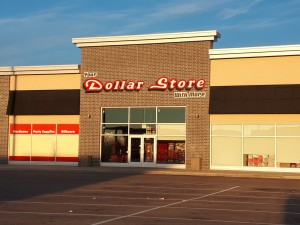Why does it bother me that just one faith is represented in some areas? After, “Googling” -“Holidays in December”. I now understand. Open your minds and hearts to all in this diverse country that we live. These are just a few of the Celebrations in December…according to “Google”
Bodhi Day
Buddhist holiday that commemorates the day that the historical Buddha, Shakyamuni, experienced enlightenment (Bodhi). According to tradition, Siddhartha had recently forsaken years of extreme ascetic practices and resolved to sit under a peepal tree and simply meditate until he found the root of suffering, and how to liberate oneself from it.
Boxing Day
Some sources say that Boxing Day became a holiday because servants traditionally worked Christmas Day, but had the following day off, since their employers gave them a gift following their service. Another says that church alms boxes, where people donated money and items for the less fortunate, were opened and distributed the day after Christmas creating a new December holiday. Today, many people have Boxing Day off, where it is celebrated, and the growing post-Christmas sales have marked it as a major shopping day.
Christmas
This Christian holiday in December has many similarities to St. Nicholas Day, as far as December holidays around the world go, but it has very different roots. Christmas takes place on December 25th and celebrates the birth of Jesus Christ, whom Christians believe is the son of God.
Eid and Eid Al-Adha.
Celebrated at the end of Ramadan (a month of fasting during daylight hours), and Muslims usually give zakat (charity) on the occasion which begins after the new moon sighting for the beginning of the month of Shawal
The Day of the Virgin of Guadalupe
A popular Catholic feast that celebrates the belief that a man encountered the Virgin Mary, Mexico’s patron saint, in Mexico City on December 9 and 12, 1531.
Hanukkah
A special day times eight, this Jewish holiday also known as the Festival of Lights, is one of many December holidays around the world and is celebrated for eight nights and days.
Kwanzaa
This young holiday in December is less religious and more ideological, and strives to reconnect individuals with their African culture. Created in 1966 by Mualana Kareng, a professor of African studies, activist, and author, Kwanzaa is celebrated from December 26th to January 1st. Derived from the Swahili word meaning “first fruits of the harvest,” each day of Kwanzaa is dedicated to a principal that Kareng believed represented the best within communities. These principles are unity, self determination, collective work and responsibility, cooperative economics, purpose, creativity, and faith.
Omisoka (Japanese)
Typical activities that are done on Omisoka, or New Year’s Eve, include visiting temples or shrines, countdown parties, and catching Kohaku Uta Gassen, a famous music program show, on television.
St. Lucia’s Day
Another festival of lights, celebrated in Sweden, Norway and the Swedish-speaking areas of Finland on December 13 in honour of St Lucia. One of the earliest Christian martyrs, St. Lucia was killed by the Romans in 304 CE because of her religious beliefs.
St. Nicholas Day
On the anniversary of St. Nicholas’ death on December 6th 343 A.D., this holiday pays tribute to a man who spent most of his life helping those in need.
The Yule (Pegan)
This season is full of magic, much of it focusing on rebirth and renewal, as the sun makes its way back to the earth. Focus on this time of new beginnings with your magical workings.

/https://www.thestar.com/content/dam/thestar/news/insight/2011/04/08/the_ultimate_public_school_advantage_democracy/public_educationcolor.jpeg)
